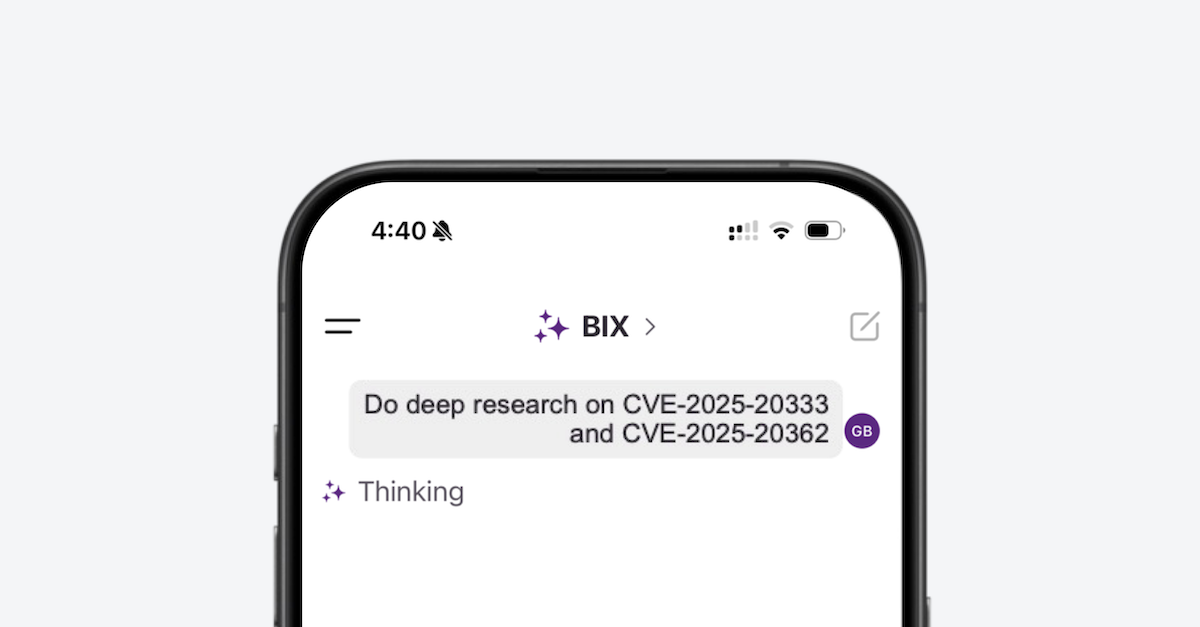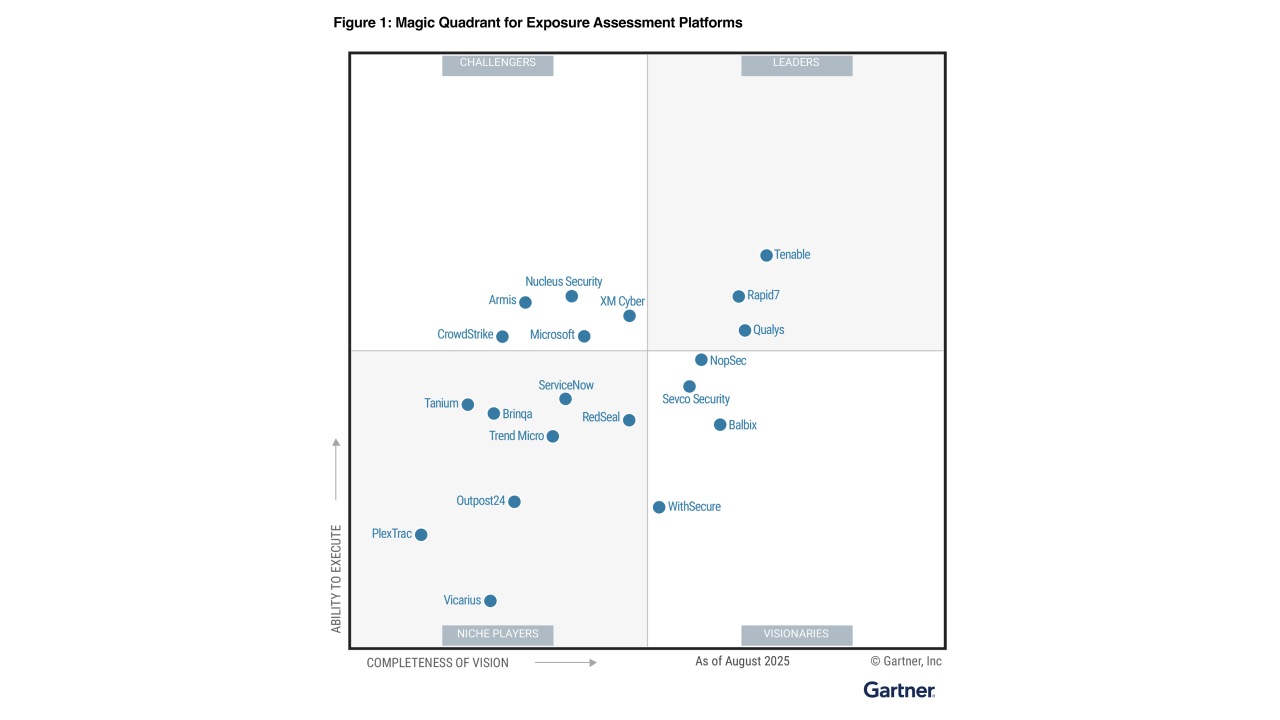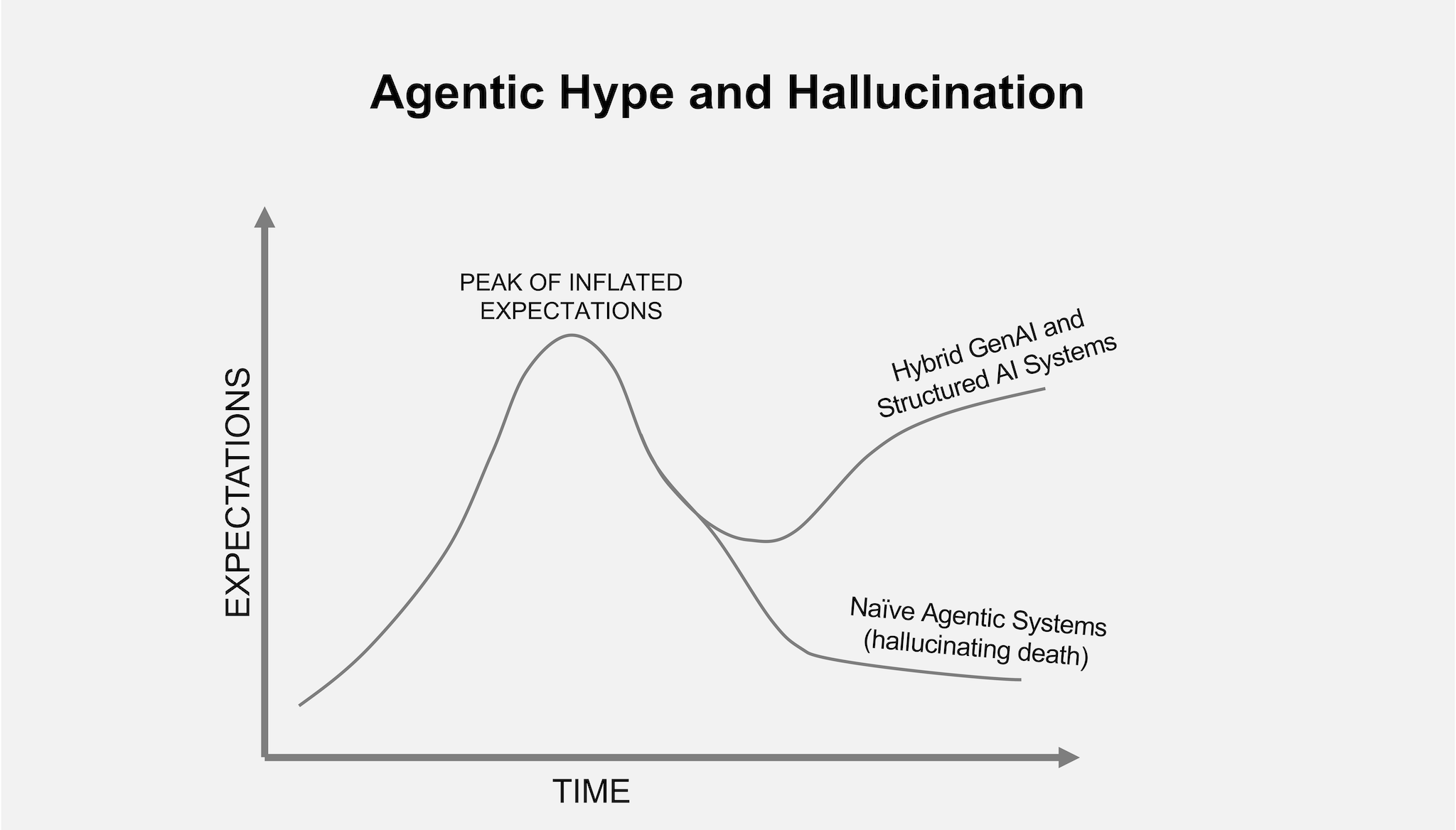Data Loss Prevention (DLP) has evolved into a critical component of cybersecurity frameworks, aiming to prevent unauthorized data access, transmission, or exposure. This guide delves into the technical intricacies of DLP, examining its strategies, use cases, and the future of data security.
What is Data Loss Prevention (DLP)?
Data Loss Prevention (DLP) is a framework of security controls, technologies, and processes designed to detect and prevent the unauthorized transmission, exfiltration, or exposure of sensitive information. DLP solutions enforce data protection policies by continuously monitoring and controlling how data is stored, accessed, used, and shared across endpoints, networks, and cloud services.
DLP operates on the foundational principle of protecting data across its lifecycle, which is typically categorized into three states:
1. Data at Rest
This refers to inactive data stored in persistent storage locations, such as databases, file systems, network shares, endpoints, or cloud storage.
- DLP Approach: Solutions scan repositories to identify sensitive content using pattern matching, file fingerprinting, and machine learning–based content recognition. They then apply encryption, integrate with role-based access control (RBAC), and storage-specific policies (e.g., deny USB transfer for classified data).
- Techniques Used:
- Data classification tagging (manual or automatic)
- Integration with encryption key management
- Scheduled and real-time scanning of storage volumes
2. Data in Motion
This is data actively moving across a network via email, file transfer, web applications, or cloud APIs.
- DLP Approach: Network DLP tools inspect packets in real time using Deep Packet Inspection (DPI) and identify policy violations before data exits the organization.
- Techniques Used:
- SSL/TLS decryption for HTTPS traffic analysis
- Protocol and content-aware inspection
- SMTP, FTP, and HTTP(S) content monitoring
- Integration with secure email gateways and a firewall
3. Data in Use
This includes data actively accessed, edited, viewed, or manipulated on endpoints or applications.
- DLP Approach: Endpoint-based DLP solutions monitor local user actions such as copying to the clipboard, printing, screen capturing, or uploading to unauthorized cloud services. They can enforce just-in-time policies to block high-risk actions.
- Techniques Used:
- Often use kernel- or user-level agents to monitor sensitive user actions on endpoints
- Application control (e.g., restricting data export from Excel)
- Integration with Identity and Access Management (IAM) for context-aware decisions
DLP solutions combine content awareness with context awareness to determine whether a given data-related action constitutes a policy violation.
Detection Methods in DLP
DLP solutions rely on multiple detection methods to identify sensitive data:
- Pattern Matching: Uses regex-based patterns to detect structured data (e.g., credit card numbers, SSNs).
- Fingerprinting (Exact Data Matching): Generates hash-based signatures of known datasets (e.g., customer lists), allowing detection of exact matches and minor variations—even if the format is changed.
- Statistical Analysis & Machine Learning: Used for detecting unstructured sensitive data such as legal contracts, source code, or healthcare records, where exact matches aren’t feasible.
- Contextual Analysis: Evaluates metadata and transmission context, including user identity, endpoint posture, time of access, destination domain/IP, or geographical location.
Enforcement Actions
When a DLP policy violation is detected, enforcement actions can vary based on severity and business context:
- Alert and log the incident (for audit or tuning purposes)
- Encrypt or quarantine the data
- Block the transfer or transaction
- Redirect the event to a secure channel (e.g., secure email gateway)
- Notify the security team or data owner
- Trigger automated remediation workflows via SOAR platforms
The Importance of DLP
Regulatory Compliance:
Global regulations such as GDPR, HIPAA, PCI DSS, and CCPA mandate stringent data protection measures. Non-compliance can result in substantial fines and reputational damage. DLP solutions facilitate adherence by tracking and safeguarding data flows.
Protection of Intellectual Property:
Corporate assets, including trade secrets and proprietary algorithms, are prime targets for cyber adversaries. DLP ensures these assets remain within organizational boundaries.
Insider Threat Mitigation:
Whether malicious or negligent, internal actors pose significant risks. DLP solutions detect unusual behavioral patterns, flagging activities like bulk file movements or atypical access attempts.
Cost Containment:
Beyond immediate financial losses, breaches incur costs related to compliance penalties, containment efforts, and business interruptions. DLP mitigates these expenses.
Core Components of an Advanced DLP Strategy
- Data Discovery and Classification: Identifying and categorizing sensitive data is foundational. Techniques like file analysis and data indexing enable dynamic discovery and tagging, forming the basis for granular policy creation.
- Policy Definition and Orchestration: Implementing clear, executable policies determines data treatment. Advanced solutions leverage content-aware analysis, allowing detection of patterns within structured and unstructured data. They also enforce restrictions using keywords, regular expressions, and compliance templates.
- Continuous Data Monitoring: DLP solutions actively monitor data with context awareness to detect anomalies. Tools include User Behavior Analytics (UBA) for tracking deviations, Deep Packet Inspection (DPI) for real-time network packet analysis, and endpoint logging for activities like file access and print operations.
- Incident Response Framework: Modern DLP solutions incorporate automated containment workflows, such as quarantining files or revoking permissions. Coupled with incident playbooks, this approach shortens response times.
- Auditing and Reporting: Maintaining audit trails enables compliance readiness and forensic capabilities. Effective systems visualize data movement patterns, highlight potential bottlenecks, and report violations to stakeholders.
Types of DLP Solutions
There are four core options of DLP solutions. Let’s review each briefly:
- Network-Based DLP: Monitors and controls data in motion across networks, ensuring sensitive information doesn’t leave the organization without authorization. Ideal for protecting data shared through email, file transfers, or web traffic.
- Endpoint-Based DLP: Deployed at the device level, this solution secures data used by employees, preventing unauthorized transfers to external peripherals or cloud storage. It is vital for remote work environments.
- Cloud DLP: Designed to secure data hosted in SaaS platforms like Office 365 or Google Workspace. Provides visibility into cloud storage and enforces security policies to prevent unauthorized sharing or breaches.
- Storage DLP: Focuses on protecting data at rest in databases or cloud storage repositories. It includes database activity monitoring, identity-aware access policies, and encryption to secure stored information.
Advanced Practices for Implementing DLP
Conduct Threat Modeling:
Identify critical threat scenarios that could compromise sensitive data, such as insider threats or targeted exfiltration. Align data protection priorities with these scenarios and regularly update threat models.
Integrate with SIEM and SOAR:
Enhance DLP capabilities by integrating with Security Information and Event Management (SIEM) systems for centralized visibility and Security Orchestration, Automation, and Response (SOAR) platforms for dynamic alert handling.
Implement Controlled Deployment:
Avoid disruptions by starting with shadow policies that log activity without enforcement. Refine policies based on observations before full implementation.
Enable Data Tokenization:
Replace sensitive data elements with non-sensitive tokens to minimize exposure risks during processing or storage. Organizations can integrate tokenization with DLP policies to reduce exposure risk.
Employ User Behavior Analytics:
Utilize machine learning models to monitor deviations from normal user behavior, enabling adaptive enforcement of DLP policies and reducing false positives.
Conclusion
As cyber threats evolve, implementing a robust Data Loss Prevention strategy is essential for organizations to protect sensitive information, ensure regulatory compliance, and maintain operational integrity.
Balbix offers advanced solutions to help organizations implement effective DLP strategies, providing visibility and control across complex network environments.
Frequently Asked Questions
- What is Data Loss Prevention (DLP) and why is it important?
-
Data Loss Prevention (DLP) encompasses technologies and policies to prevent unauthorized access, transmission, or exposure of sensitive data. In 2025, with increasing cyber threats and stringent data protection regulations, DLP is crucial for safeguarding information, ensuring compliance, and maintaining organizational reputation.
- How does DLP integrate with SIEM and SOAR platforms?
-
DLP solutions integrate with Security Information and Event Management (SIEM) systems to provide centralized visibility into security events and with Security Orchestration, Automation, and Response (SOAR) platforms to automate responses to potential data breaches, enhancing efficiency and incident response times.
- What are the different types of DLP solutions available?
-
The primary types of DLP solutions include Network-Based DLP (monitoring data in motion), Endpoint-Based DLP (securing data in use on devices), Cloud DLP (protecting data in cloud environments), and Storage DLP (securing data at rest in databases and repositories).
- How does User Behavior Analytics (UBA) enhance DLP effectiveness?
-
User Behavior Analytics (UBA) enhances DLP by leveraging machine learning to monitor and analyze deviations from normal user behavior, enabling adaptive enforcement of DLP policies, real-time threat detection, and reduction of false positives.
- Why is data tokenization important in DLP strategies?
-
Data tokenization replaces sensitive data elements with non-sensitive tokens, minimizing exposure risks during processing or storage. It’s particularly important in compliance-heavy industries, as it helps meet regulatory requirements and reduces the attack surface for unauthorized access.


